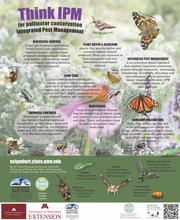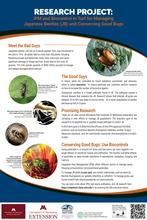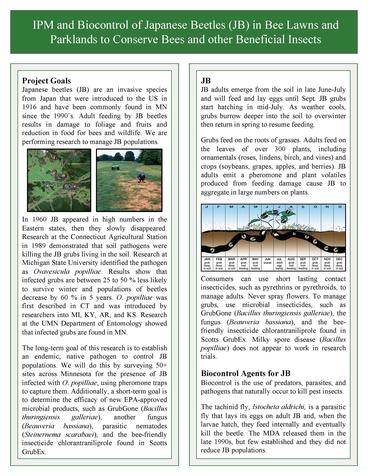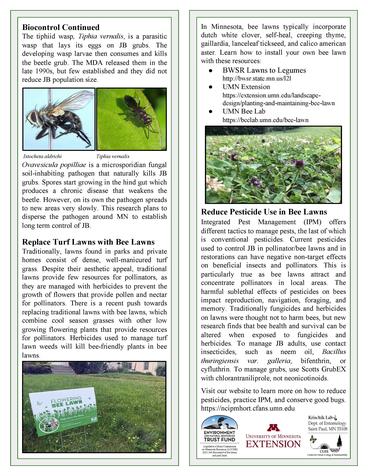LCCMR Sponsored Biocontrol of Japanese Beetle Research and Outreach Collaborators University of Minnesota Department of Entomology and Minneapolis Park and Rec Board

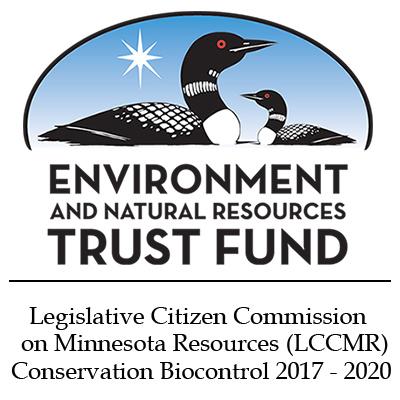
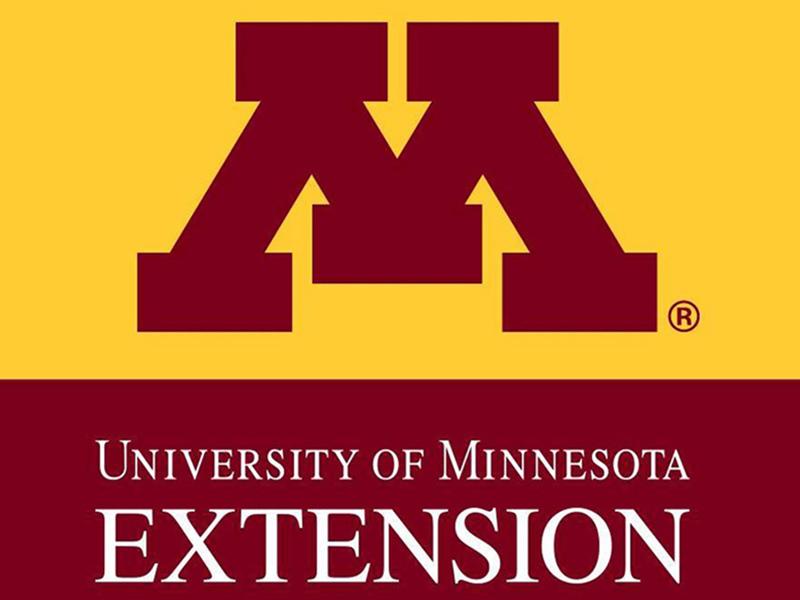
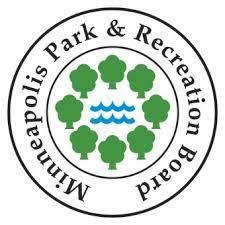
University of Minnesota and Minneapolis Park and Rec Board, our mutual goals are to restore ecosystem functioning by restricting pesticide use, conserving beneficial biocontrol insects, conserving pollinators, and conserving all wildlife. Please download and use this poster at any educational events or classroom learning.
Think IPM Poster (Front side) Think IPM Poster (Back side)
Here is an example of our mutual goals for conserving beneficial insects and pollinators in bee lawns, parks, and all urban green space.
Handout for Demonstration Plots (pdf)
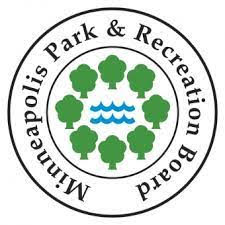
Established in 1883, the Minneapolis Park and Recreation Board (MPRB) oversees a renowned urban park system spanning 6,817 acres of parkland and water. Featured among its 180 park properties are 55 miles parkways, 102 miles of Grand Rounds biking and walking paths, 22 lakes, 12 formal gardens, seven golf courses and 49 recreation centers. Altogether, MPRB properties receive about 26 million visits annually.
MPRB was recognized by the Trust for Public Land in 2013, 2014, 2015, 2016, 2017 and 2018 as the #1 urban park system in the United States. It is accredited by the Commission for Accreditation of Park and Recreation Agencies (CAPRA)—one of just one of five park agencies in Minnesota and some 169 in the United States that have this distinction for excellence in operations and service. View additional MPRB awards.
Mission
The Minneapolis Park and Recreation Board permanently preserves, protects, maintains, improves, and enhances its natural resources, parkland, and recreational opportunities for current and future generations of our region including people, plants, and wildlife.
The Minneapolis Park and Recreation Board dismantles historic inequities in the provision of park and recreation opportunities for all people to gather, celebrate, contemplate, and engage in activities that promote health, wellbeing, community, and the environment.
Vision
In 2036, the Minneapolis park and recreation system embodies equitable park and recreation access balanced with ecological health. It is a premier destination that welcomes and brings joy to people that live, play, work, study in and visit Minneapolis. Natural, cultural, artistic, historical, athletic, and recreational resources cultivate outstanding experiences that break down barriers to health, enjoyment, fun and learning for all people. The park system meets the needs of individuals, families and communities across culture, class, race/ethnicity, language, ability, geography, generation and gender. A robust and vibrant tree canopy and system of natural areas extends its health, economic, and environmental benefits to every home. The focus on preserving land continues, with a strong emphasis on connecting people to the land and each other. Through storytelling and experience, MPRB fosters pride in park users and staff and cultivates a new generation of proud stewards and supporters of an extraordinary park and recreation system.
The Krischik lab is conducting research on Japanese beetle (JB) management with a native, soil inhabiting pathogen, Ovavesicula popilliae. We know the pathogen can be found in Stillwater and the UMN St. Paul campus. We are trying to locate other places that the fungus might be present. Eventually, we will release the pathogen at volunteer sites. Funds from an LCCMR state grant have been provided to research the effects of this fungus on JB in MN. The University of Minnesota, Entomology Department, is collaborating with Michigan State University, where the fungus has been studied for 10 years and was released in five states, including Arkansas, Colorado, Kansas, Kentucky, and Michigan. In Michigan, at 6 years post-inoculation, JB grub numbers dropped by 30%.
